Hyundai Xcent Facelift Review: First Drive
The Hyundai Xcent - the sub-4m compact sedan - receives a mid-life makeover and a new diesel engine in a hope to give the Maruti Suzuki Dzire some sleepless nights. Read our full review to see what's changed.
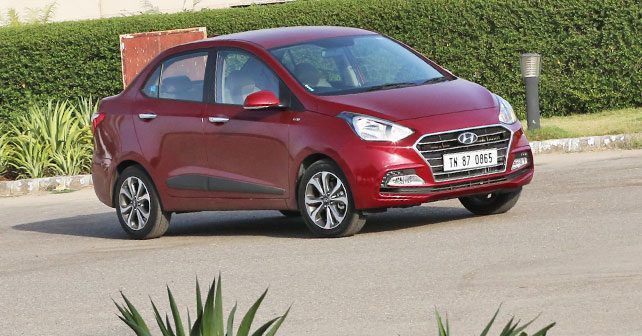
Hyundai gives the slow-selling Xcent a nip-and-tuck treatment along with an enhanced diesel engine. But, in a segment dominated by the Maruti Swift DZire, can the revised Xcent shakeup the playing field?
Over the past couple of decades since they entered India, Hyundai has improved its products by leaps and bounds. They’ve learnt what the Indian customer is looking for and in the past five years or so, they’ve delivered successful products one after the other. A similar thing happened when they launched the successor to the i10 hatchback – the Grand i10 – which was accepted by Indian customers for its quality levels, appealing design and excellent NVH levels along with well sorted suspension.
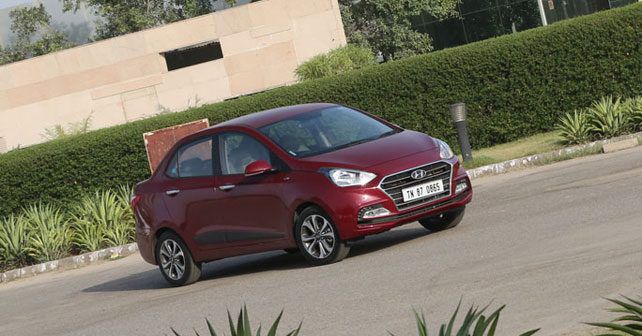
And along with most other mass-market manufacturers, Hyundai also decided to jump on the sub-4m bandwagon with a sedan version of the Grand i10 – the Xcent, making its entry into the Indian market in 2014. Unfortunately, despite being a very competent product, the Xcent couldn’t break the shackle hold the Swift Dzire has over that segment. So, in a mid-life facelift of the car, Hyundai has given it visual changes and an enhanced diesel engine to entice the customers.
The major differences between the older car, and the facelifted version are in the exterior design. Now, the Xcent now features a large single-piece grille with a bold chrome outline and five chrome slats. Adding to this bold visual is the new bumper which now features LED DRL’s and an air curtain which diverts the airflow from the front bumper on to the wheel wells, resulting in improved aerodynamic efficiency. The chrome grille though, remains an opinion-splitter, many I asked quite liked it and many, like me, hated it. Redesign of the rear design though, is rather more subdued, and in my opinion, a better executed effort. The new contrast plastic insert on the rear bumper suits the design quite well, and overall, the rear-end looks quite sleek.
Like most other Hyundai products, the new Xcent gets a big ramp up, as far as the standard equipment count is concerned. So, now you get a 7-inch touchscreen as standard on the upper-end variants with Apple CarPlay and Android Auto as standard, while navigation can be mirrored off your smartphone. Along with this, standard equipment from the previous car is also carried over such as automatic climate control, and a rear a/c vent. Additionally, the steering wheels gets a bump on the button count with the Xcent now featuring controls for Bluetooth telephony and even voice recognition. Interestingly, while the Xcent feature dual-airbags as standard across variants, ABS is only available on the top two variants.
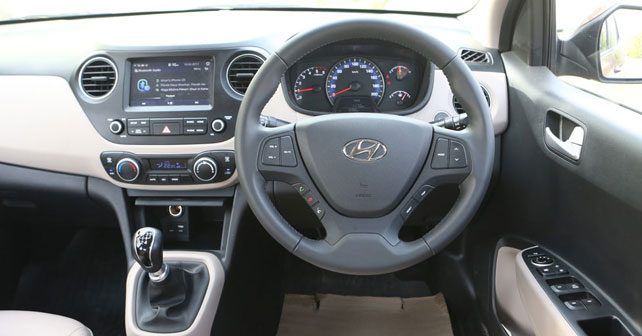
Equipment and interior enhancements aside, the Xcent still carries over the same mechanicals as the earlier car – after all if it ain’t broke, why fix it? But, at the same time, Hyundai has attempted to improve on some aspects of the car, such as the new 1.-2 litre U2 CRDi diesel engine, which now produces 74bhp and 190Nm. While the 100cc addition to the displacement of the engine might not sound much, but the increased torque and power means the engine works better and the mid-range particularly feels meaty. The version we drove in our brief test drive was the 1.2 diesel with the five-speed manual gearbox, and the first impression for me was that the NVH levels were really low inside the cabin. While the three-cylinder engine is raucous and loud when outside the car, inside the noise and vibrations are very well damped, which is a big plus.
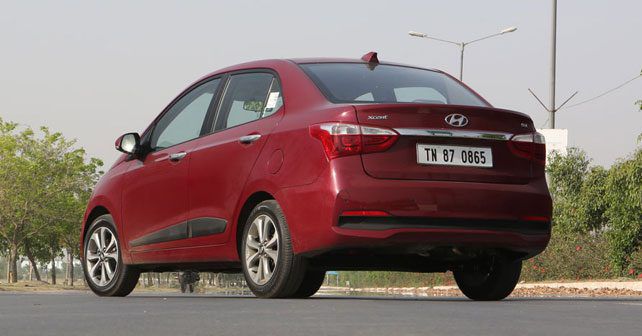
Ride and handling of the Xcent remains like the older car, which means it rides quite well at all speeds and can handle broken roads quite well. However, given its slightly tallish stance – for better ground clearance – there is a decent amount of body roll when the car is driven hard. Also, at high speeds, the car wasn’t as stable as say the VW Ameo, but we’ll have to test the car for a longer time before we can provide a definitive review on its stability and ride-and-handling aspect.
Overall, we should say that as far as looks and equipment count is concerned, the Xcent has made progress in its refreshed avatar. And with quality levels inside and out better than most of its competitors, it just adds to the appeal of the Xcent. Of course, the new 1.2 diesel engine is another positive to the car’s appeal compared to the 1.1 unit that preceded it. And while tackling the Swift Dzire’s appeal might still be tall order, but with its aggressive design and pricing, the Xcent is sure to get the customers talking about the car as a purchase option once again.
Engine: 1,197cc / 4-Cylinders / 16 Valves / DOHC
Transmission: 5-Speed Manual or 4-Speed Automatic / Front Wheel Drive
Power: 82bhp @ 6,000rpm
Torque: 113Nm @ 4,000rpm
Price: Rs 5.38 lakh to Rs. 7.09 lakh (ex-showroom, Delhi)
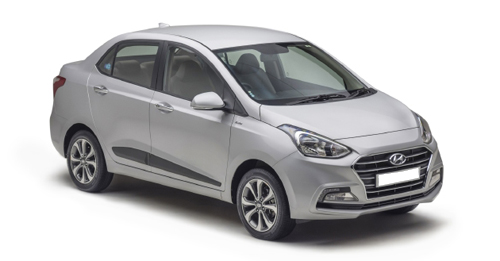
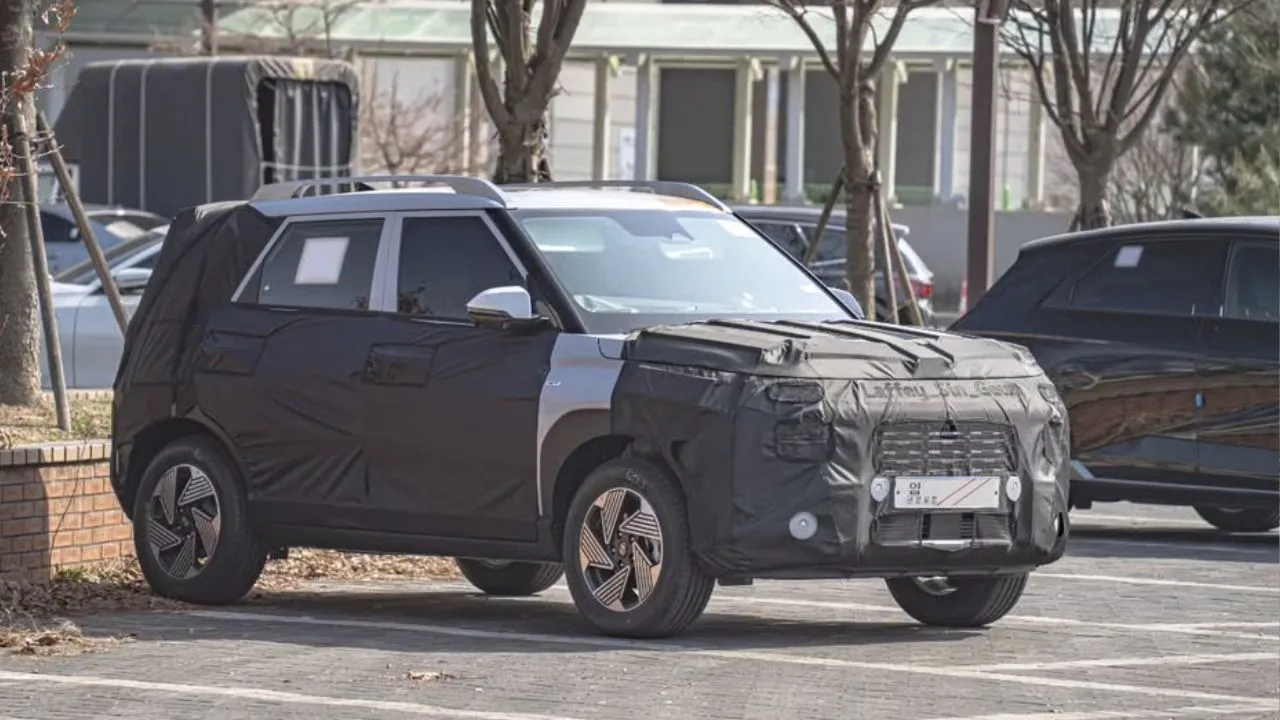

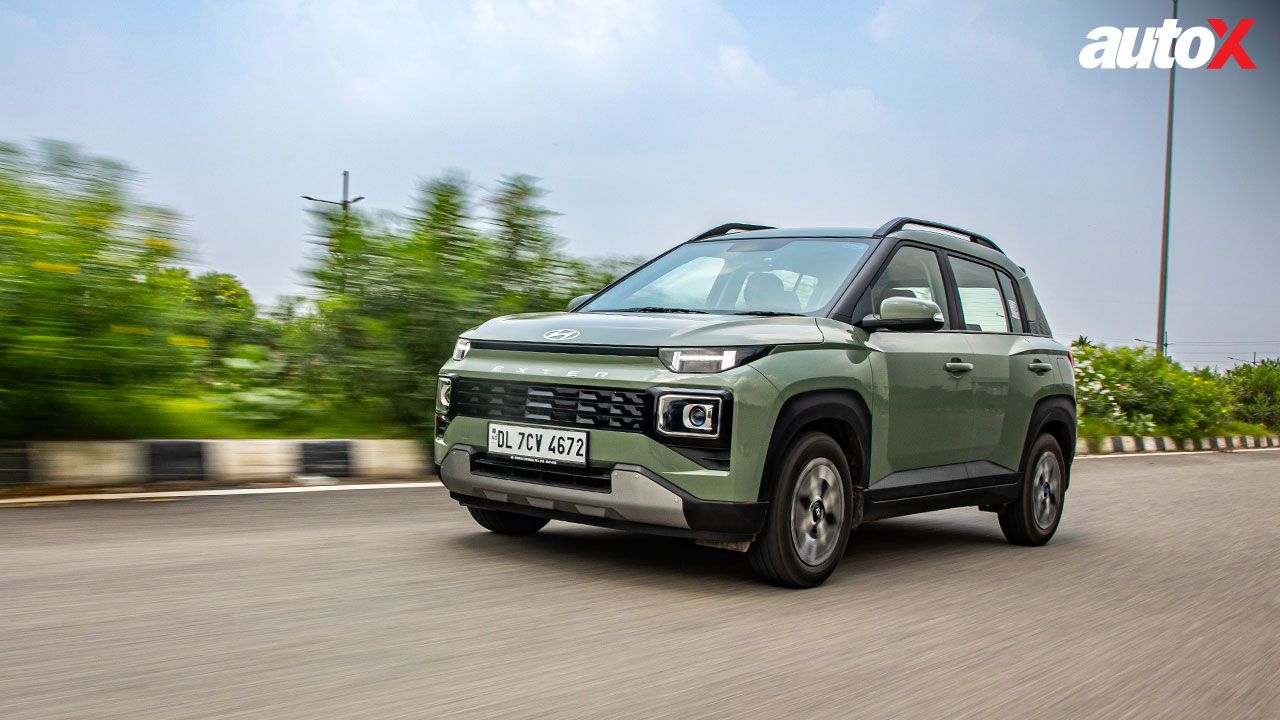
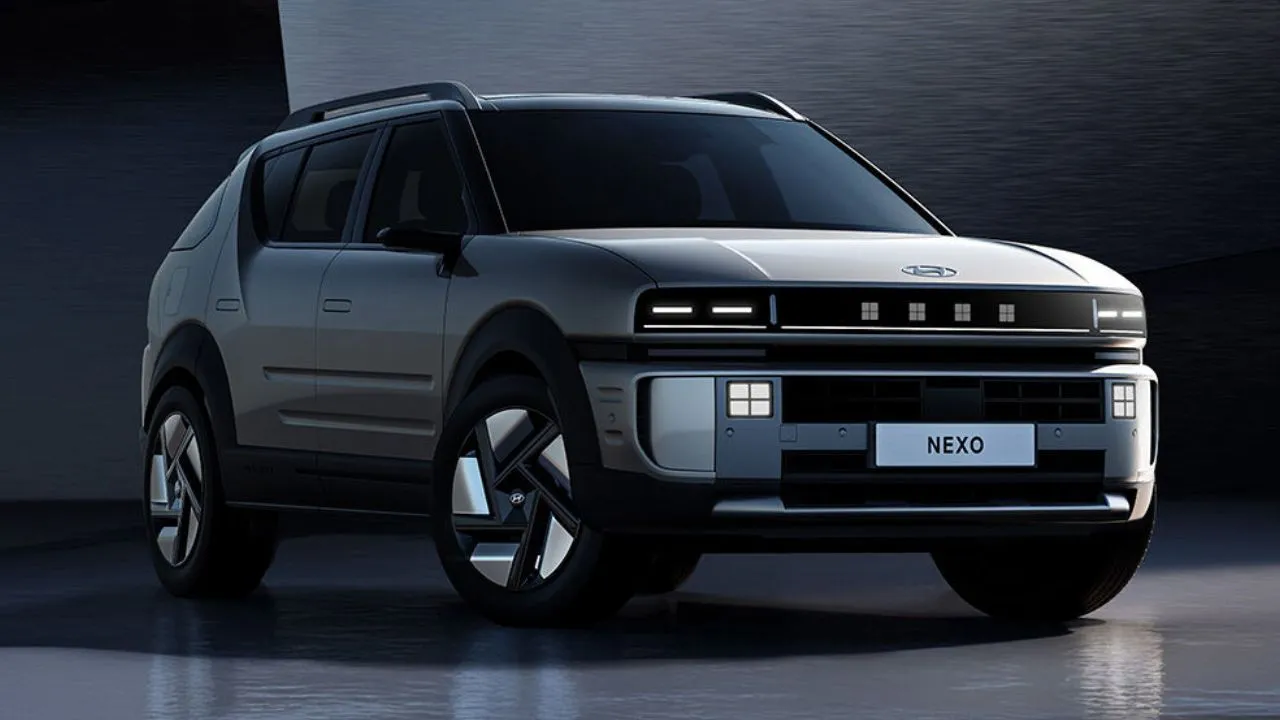

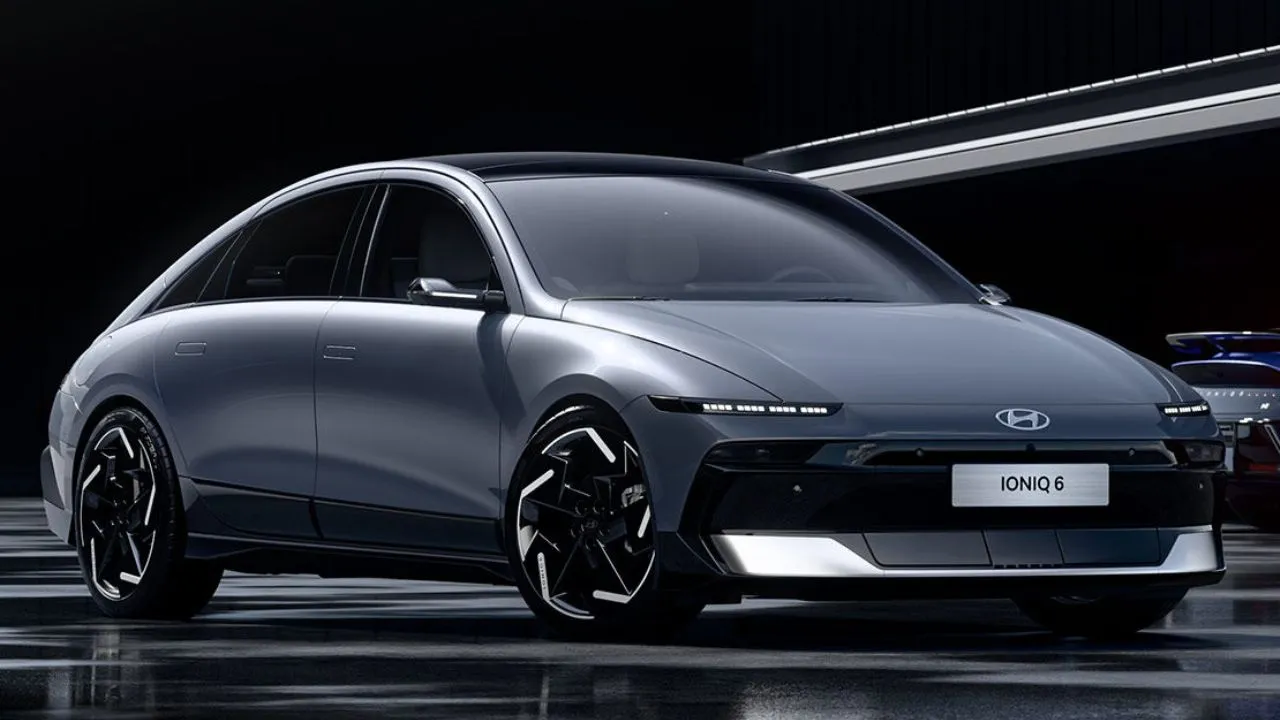
-(1).webp)
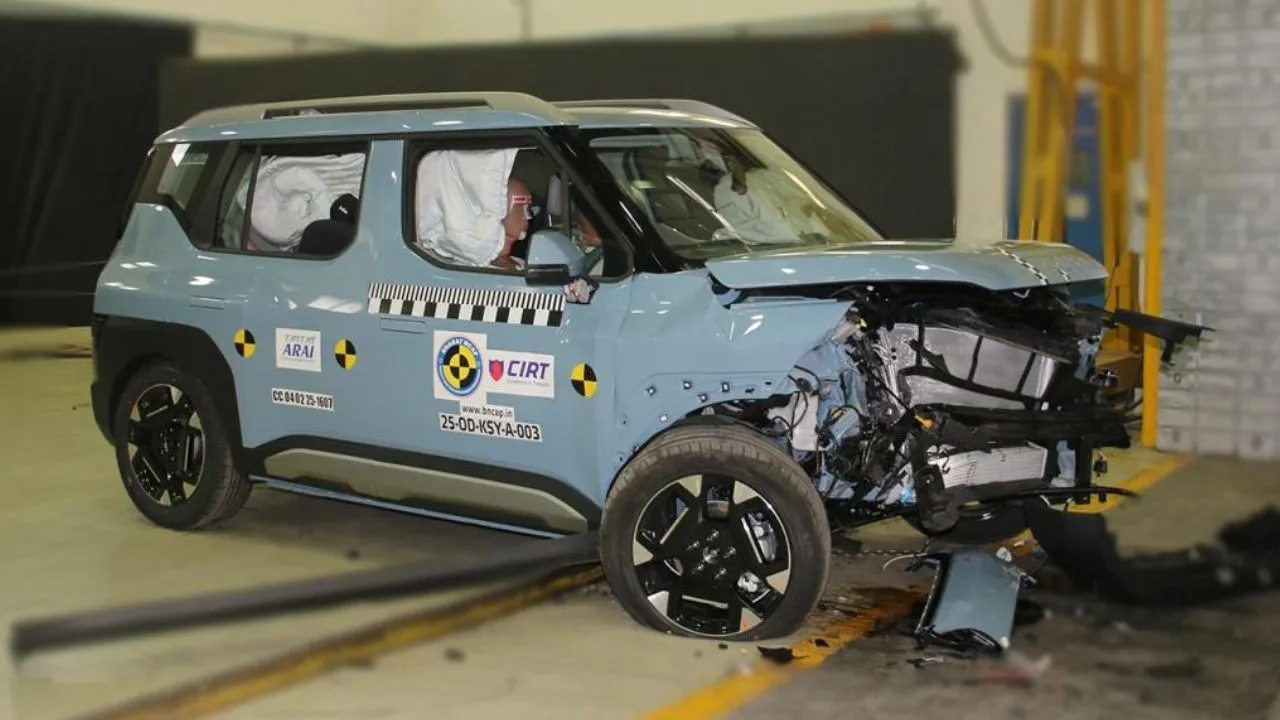
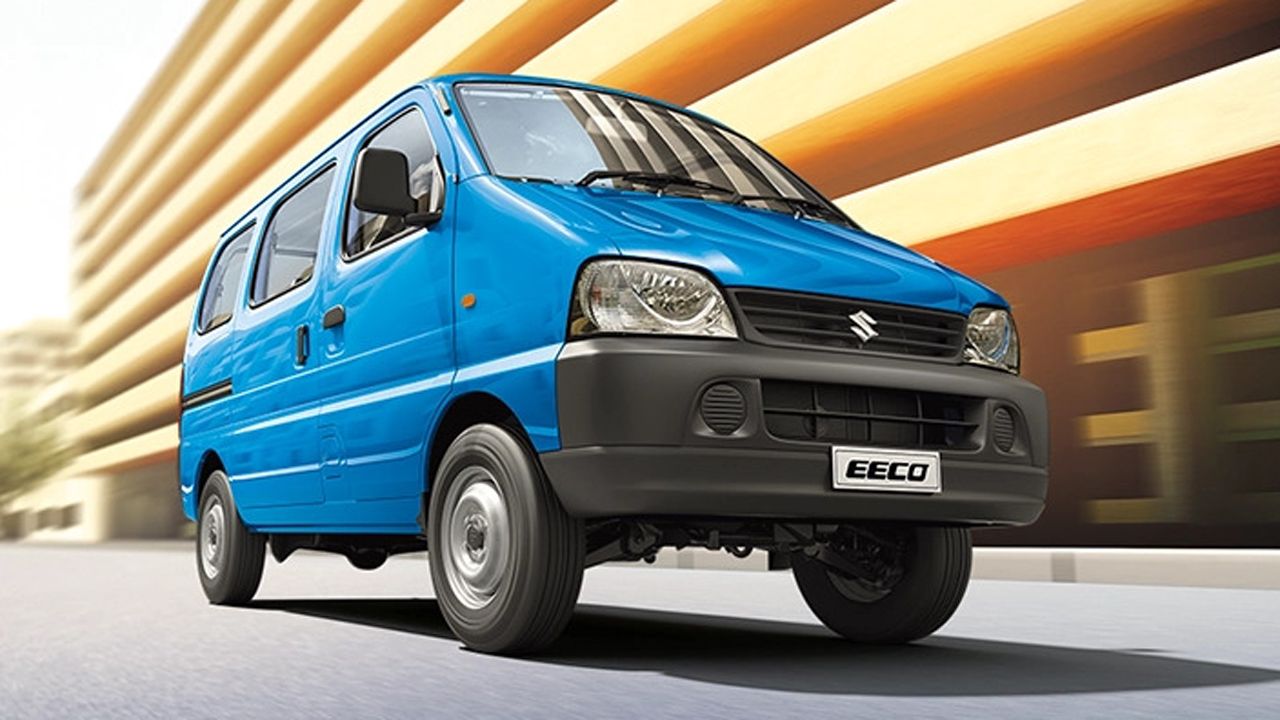
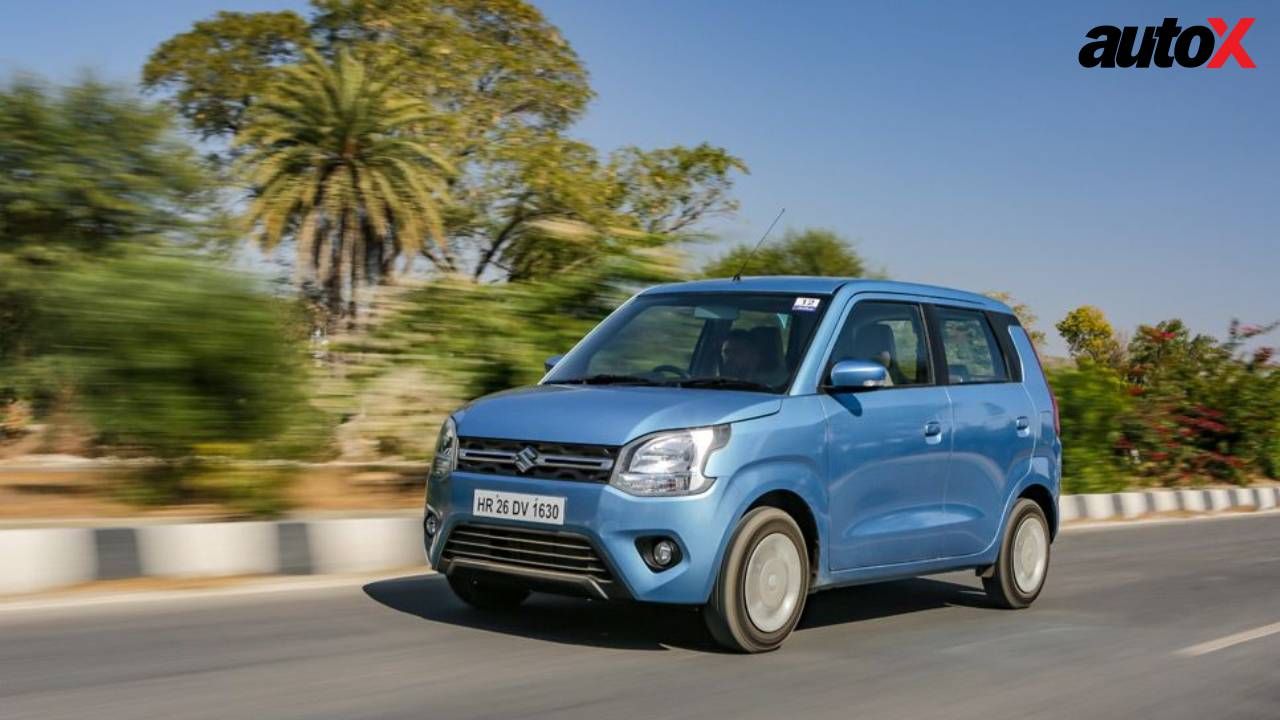
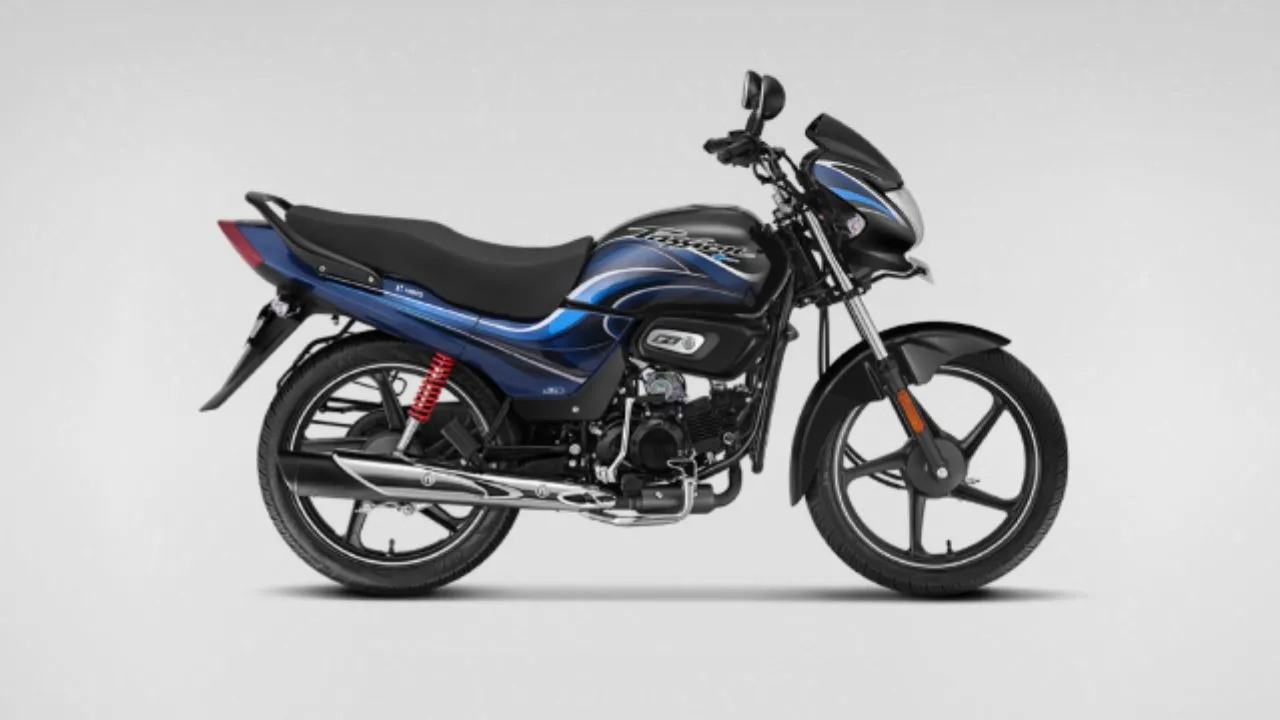














Write your Comment on